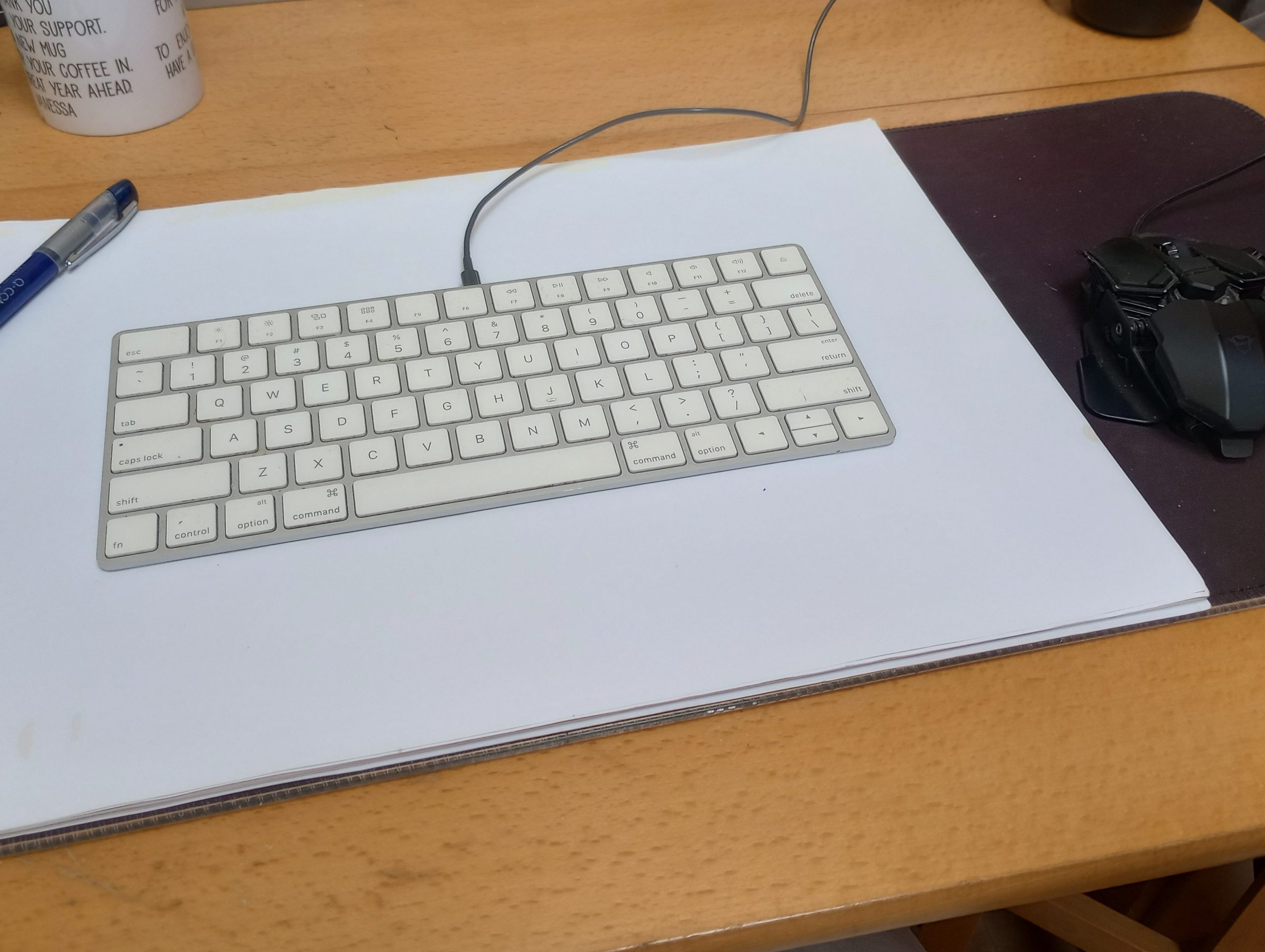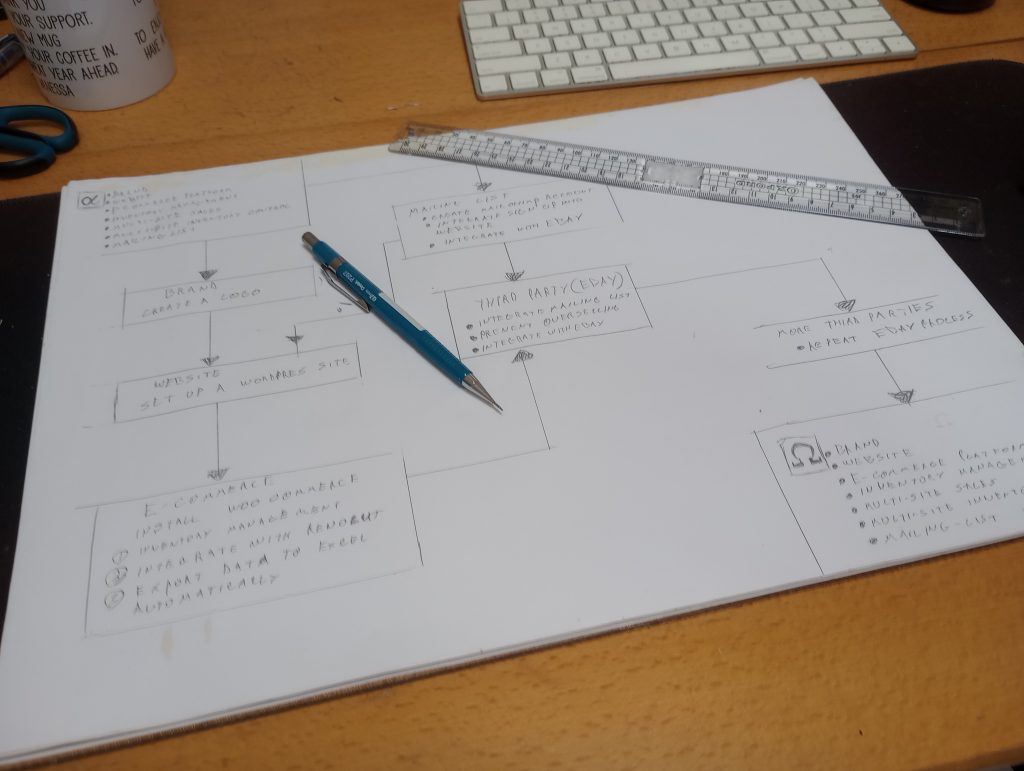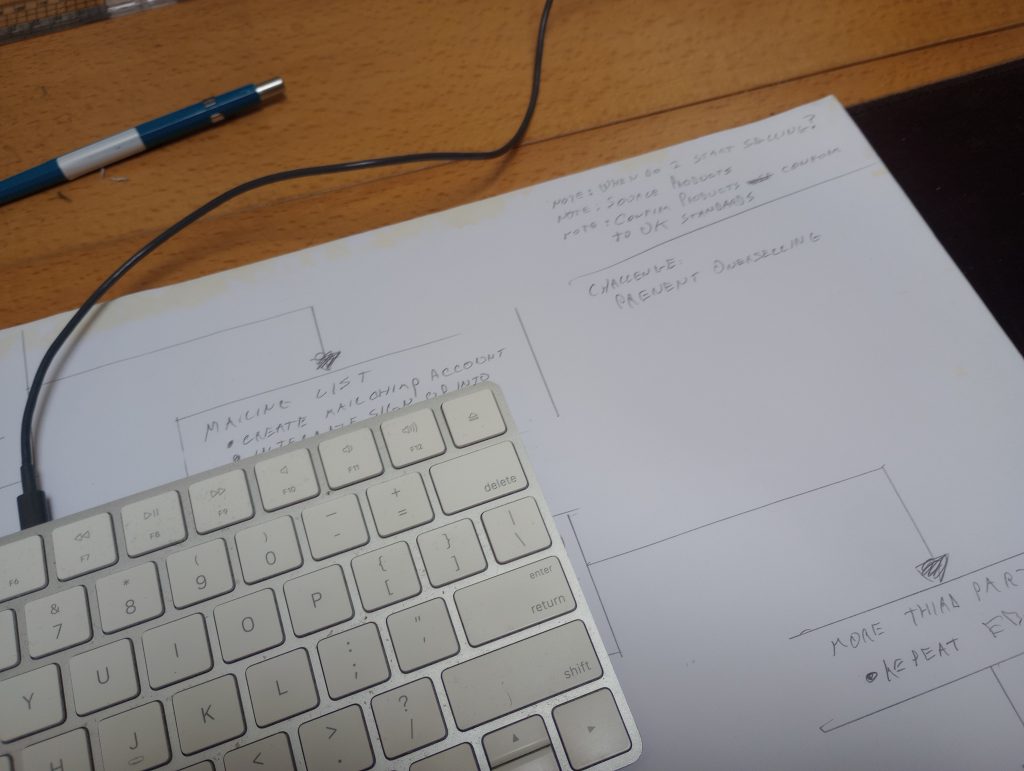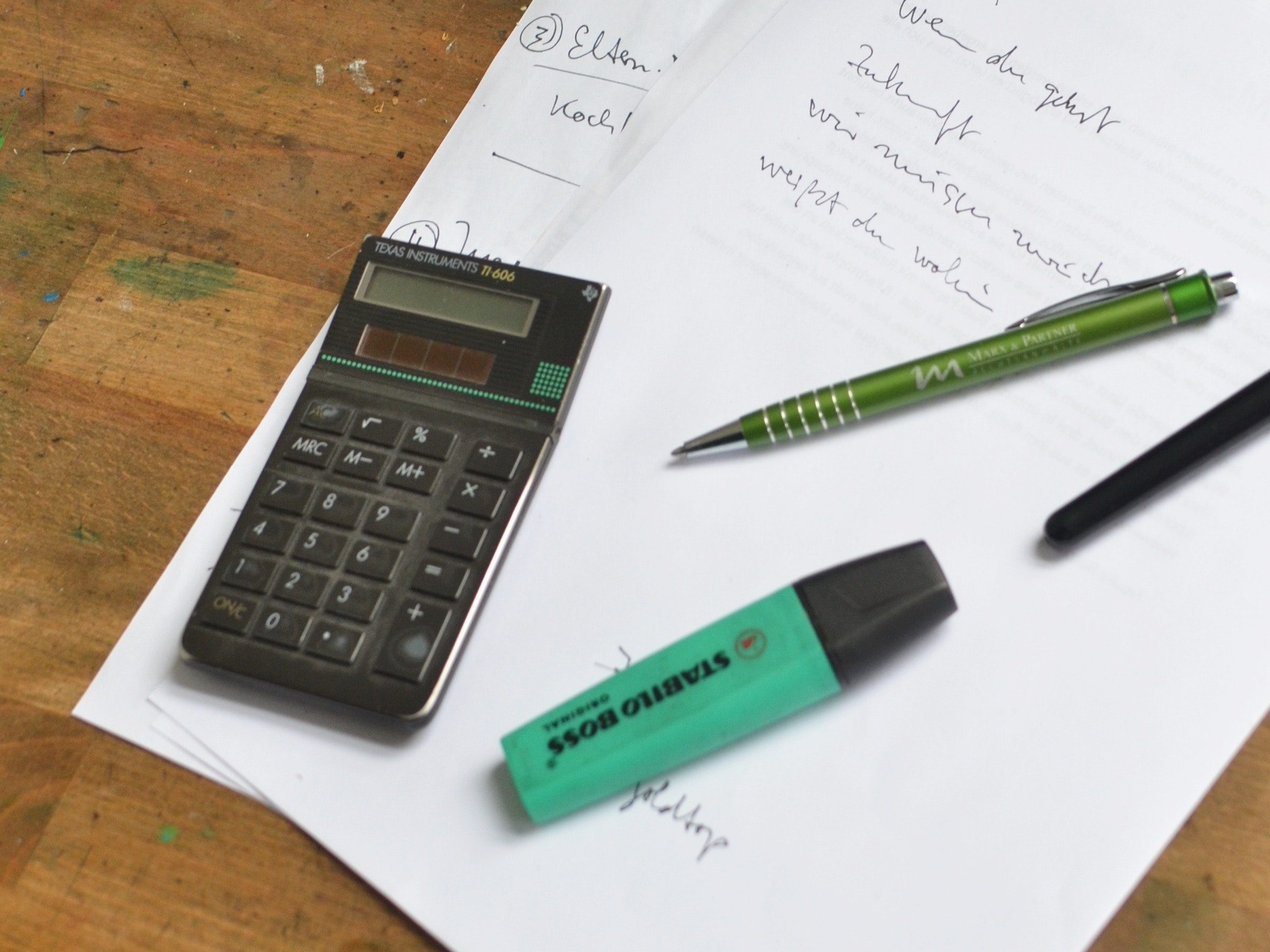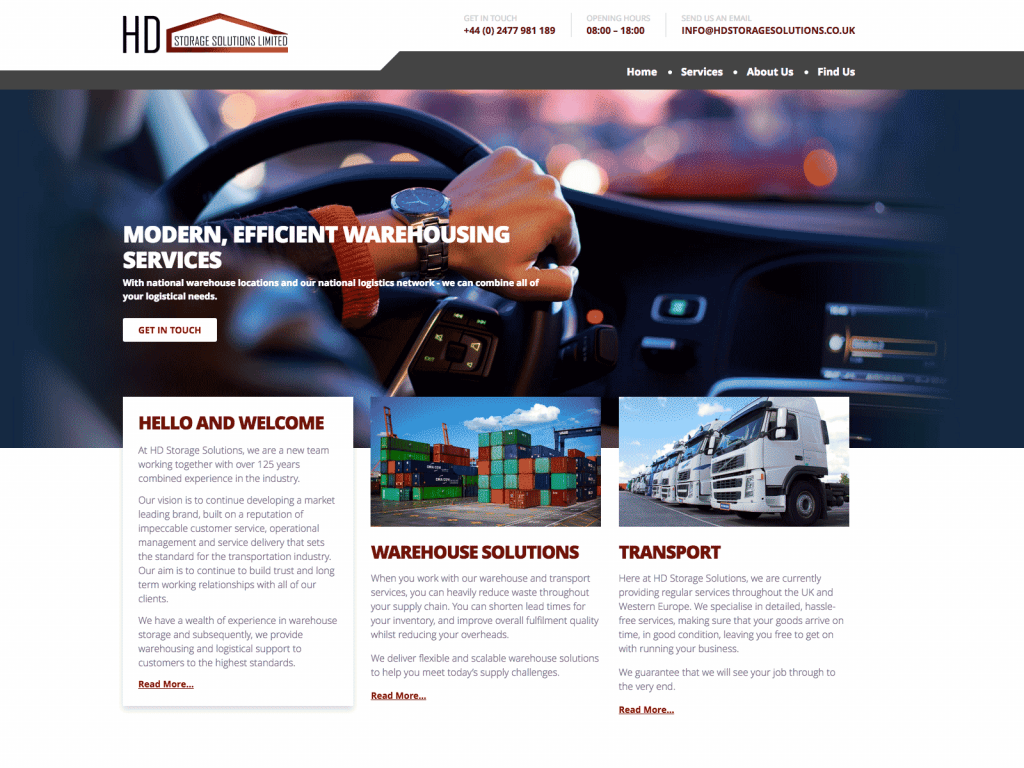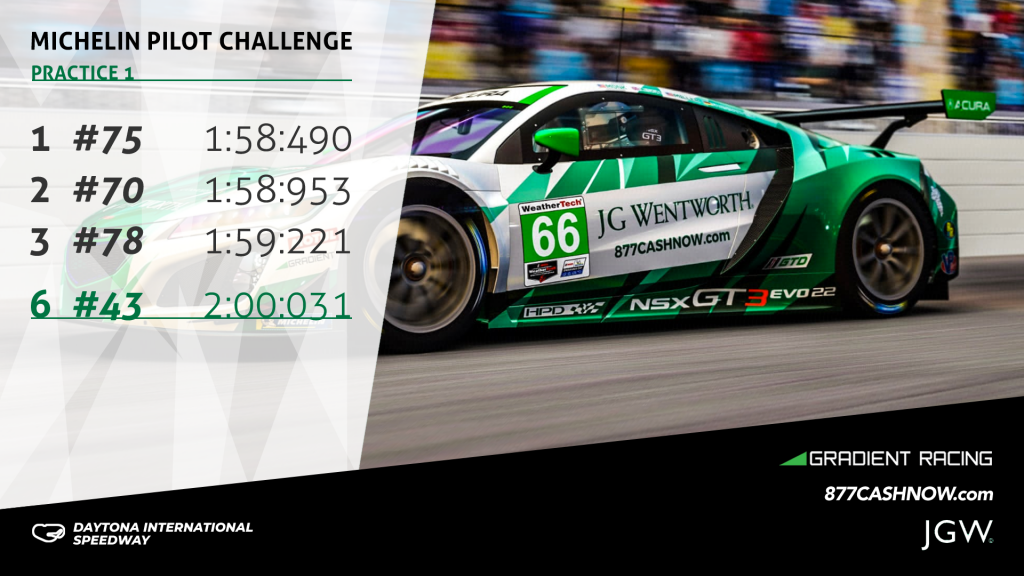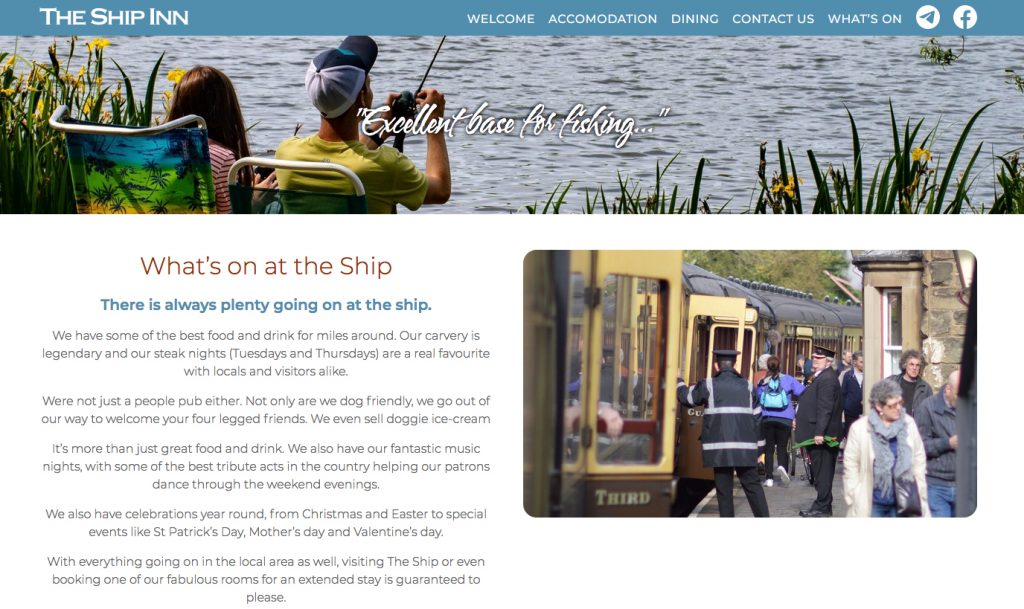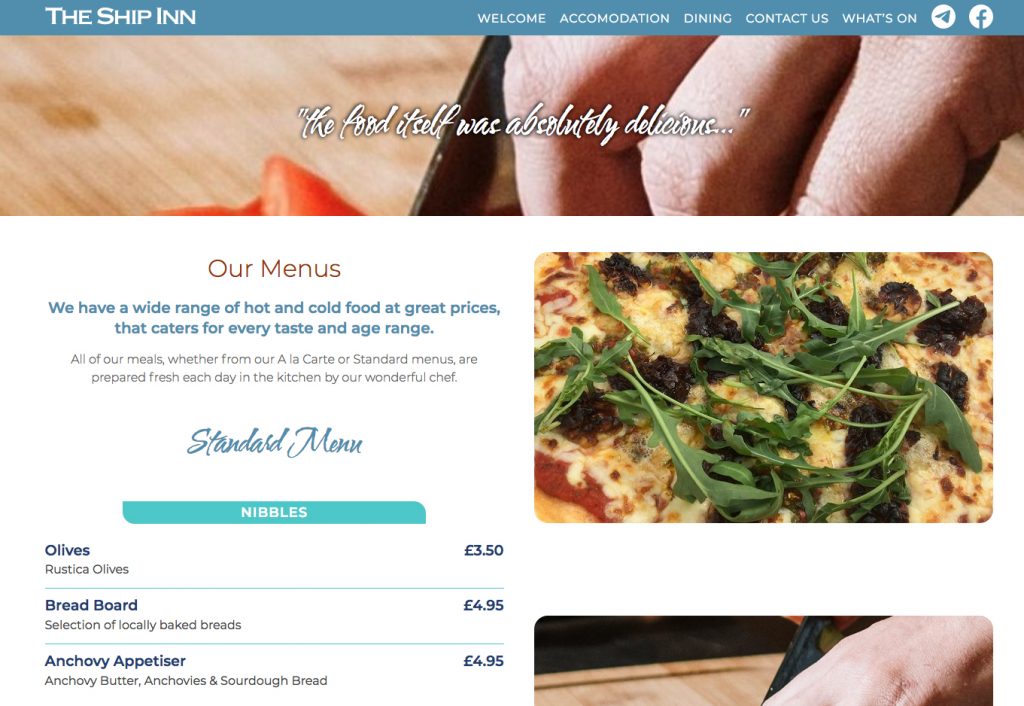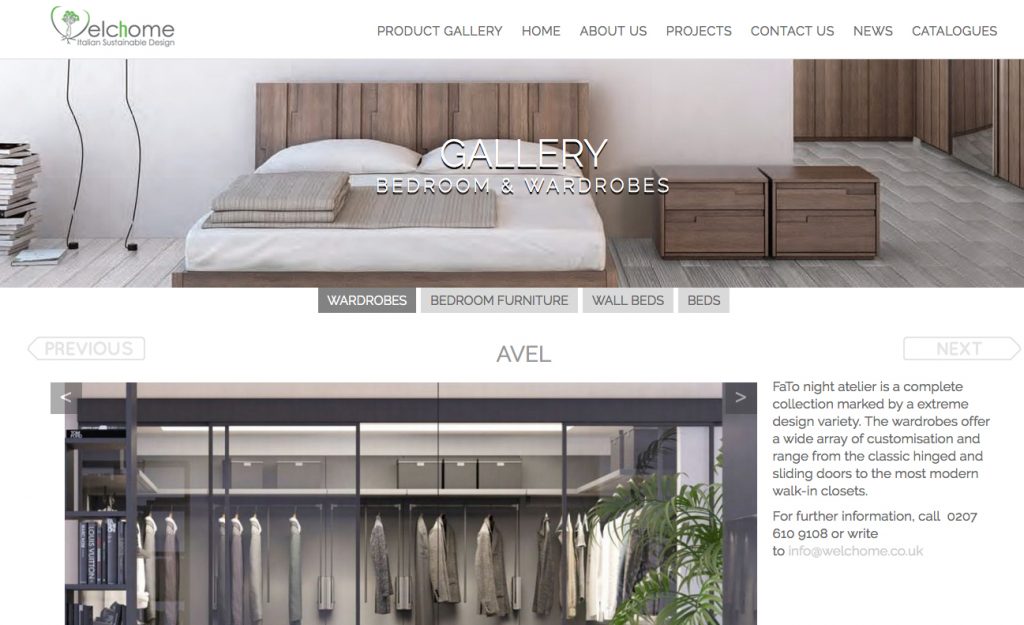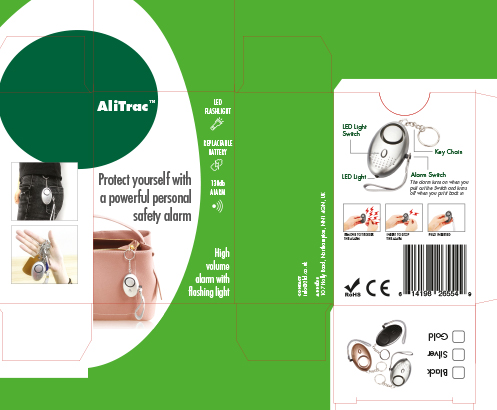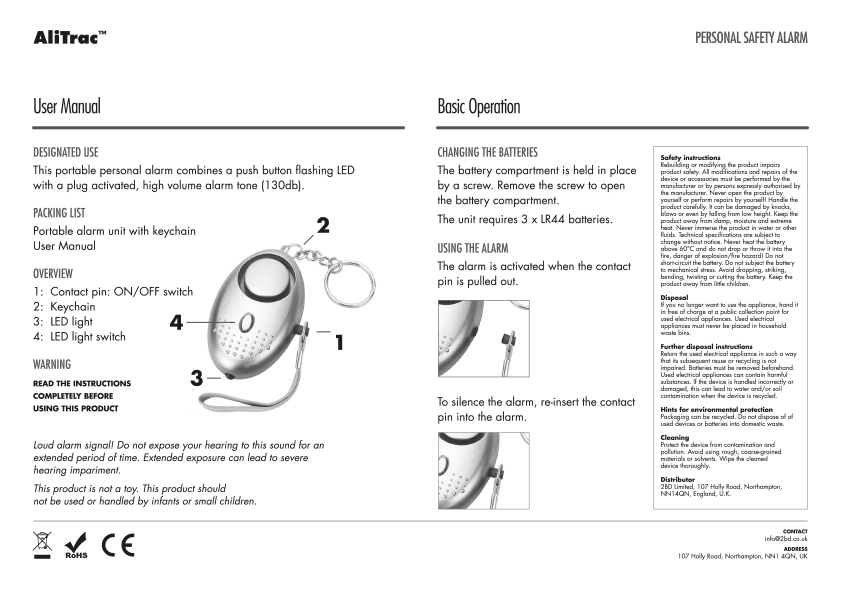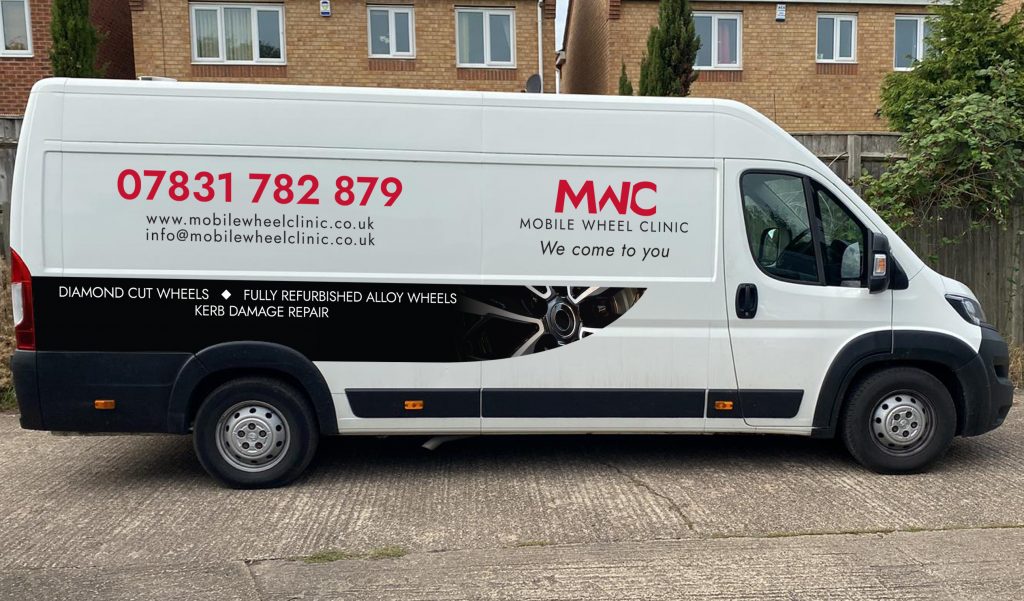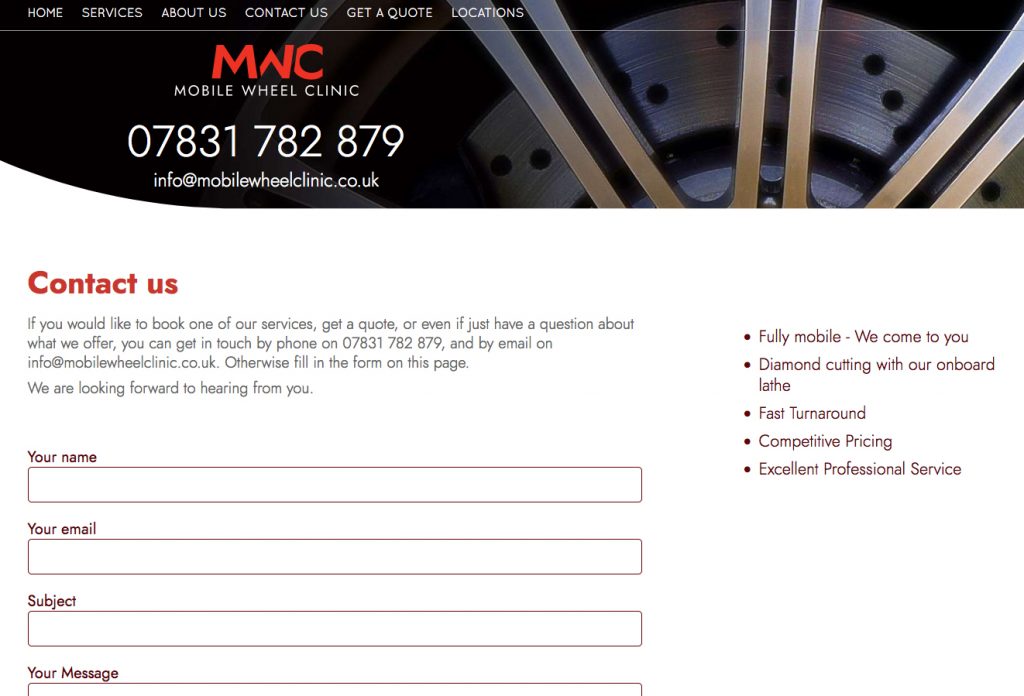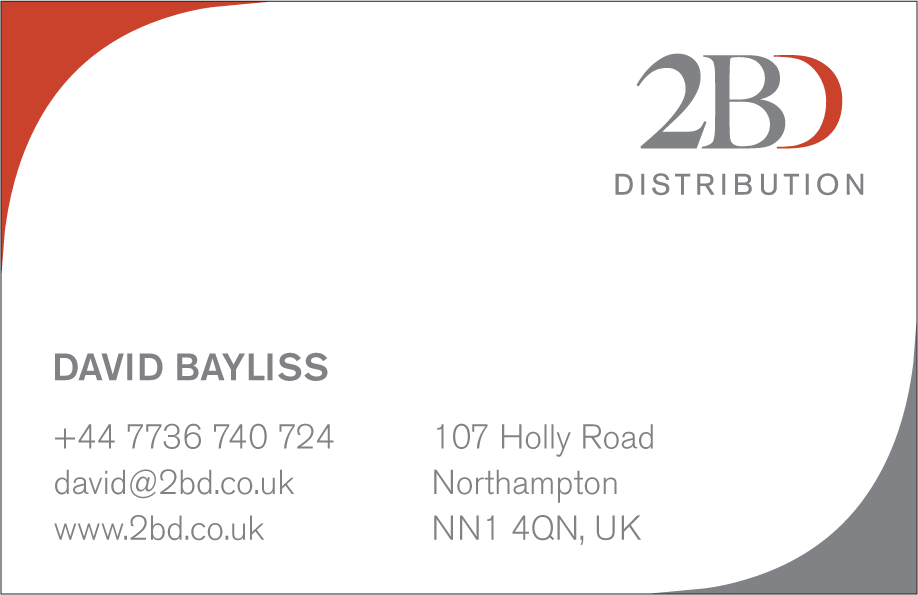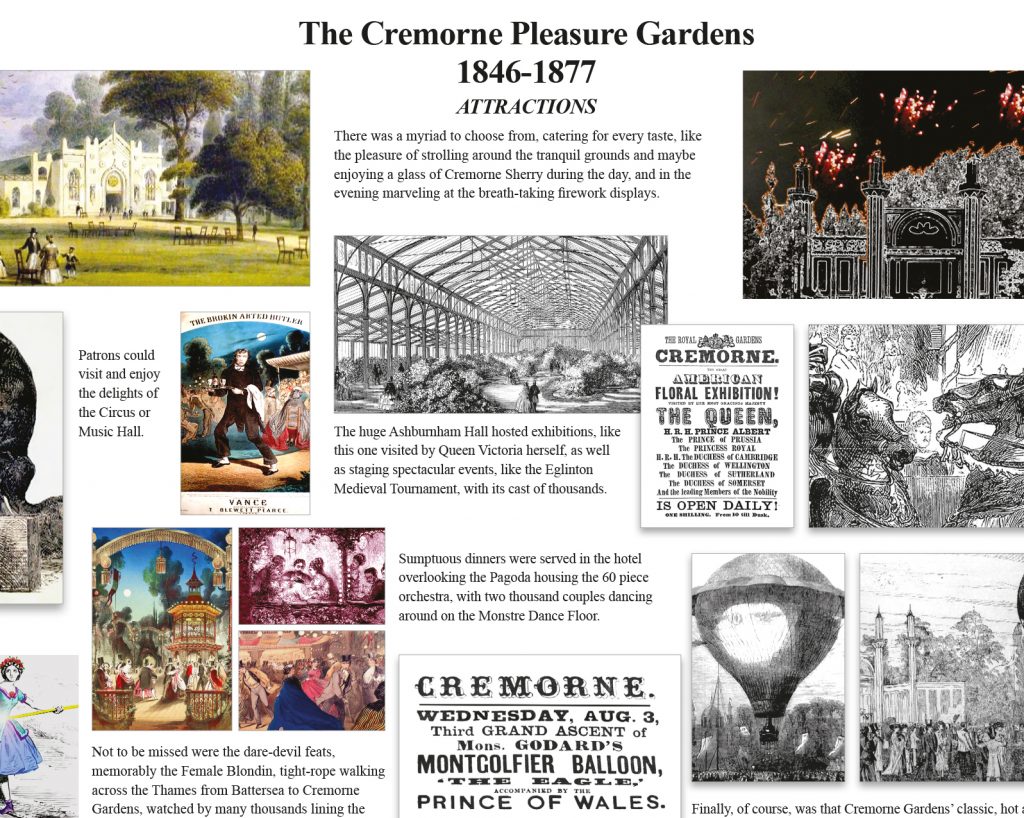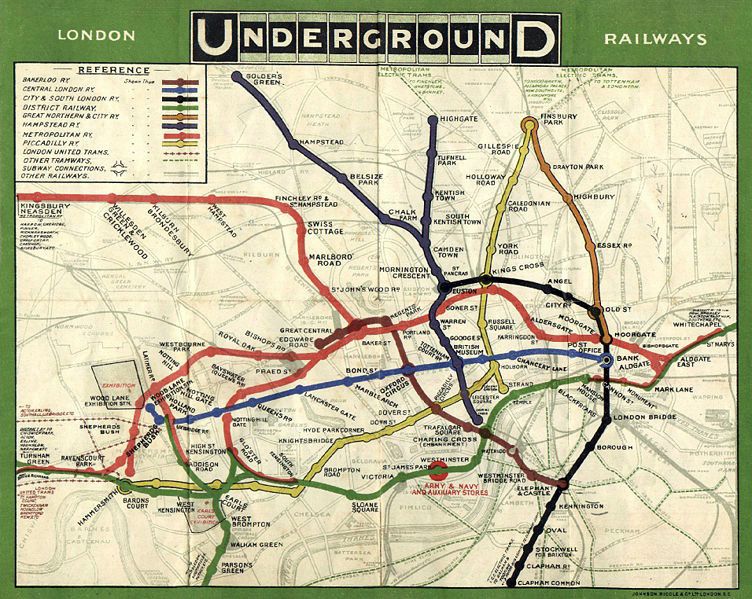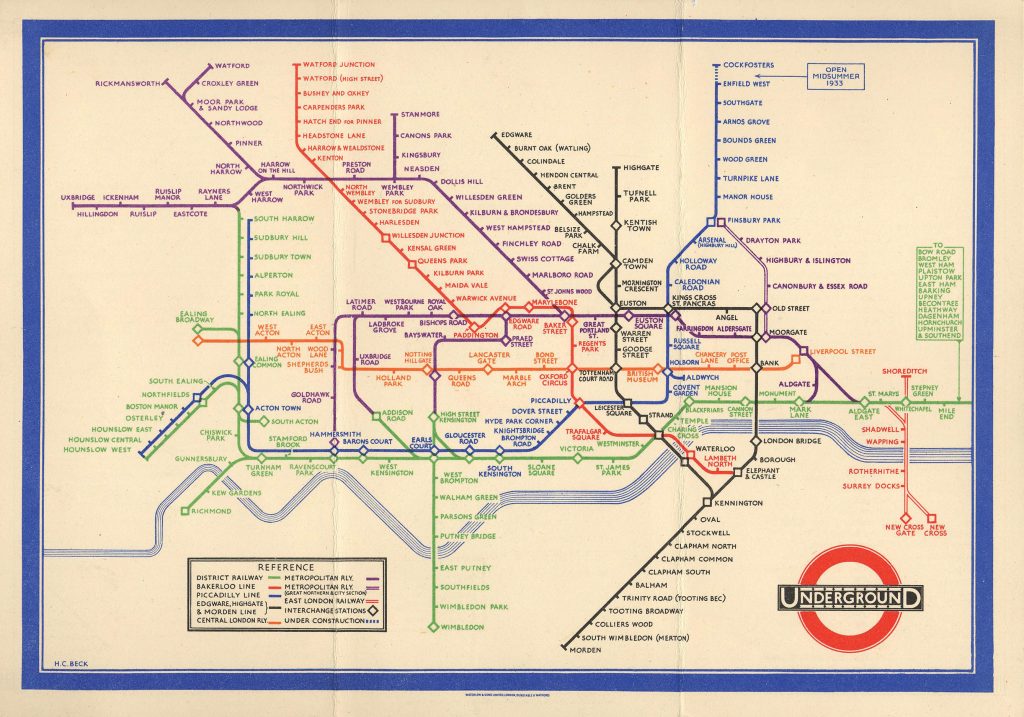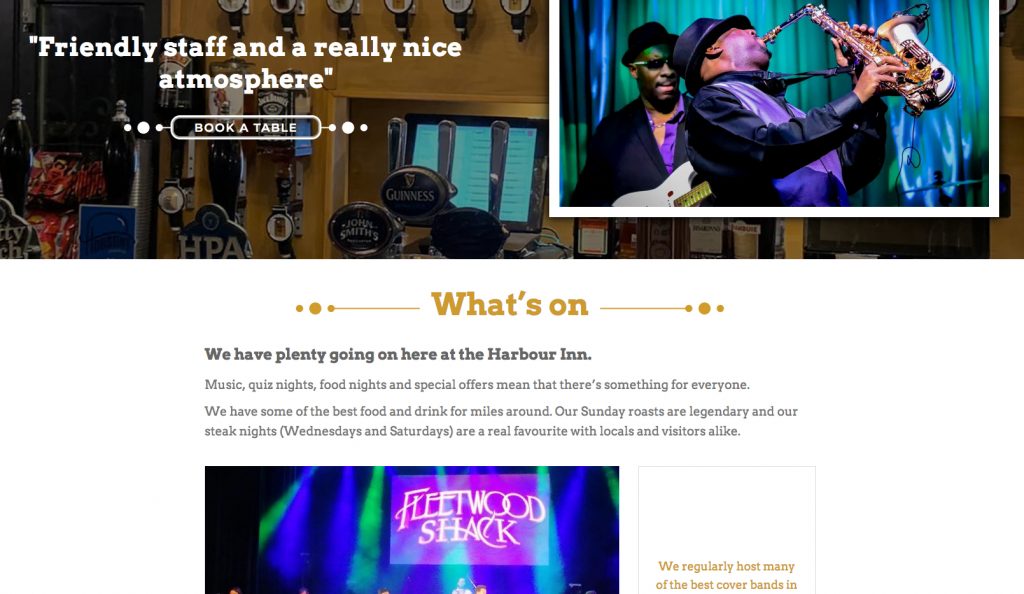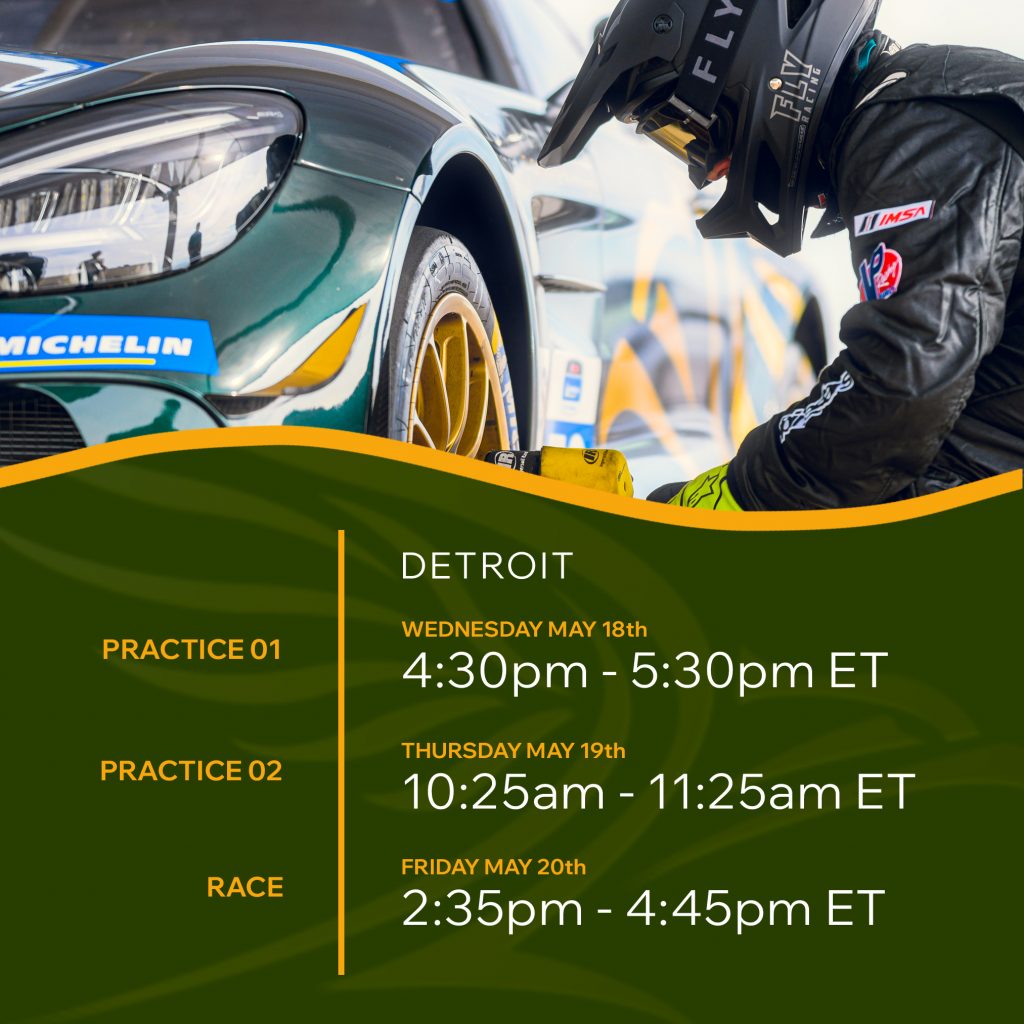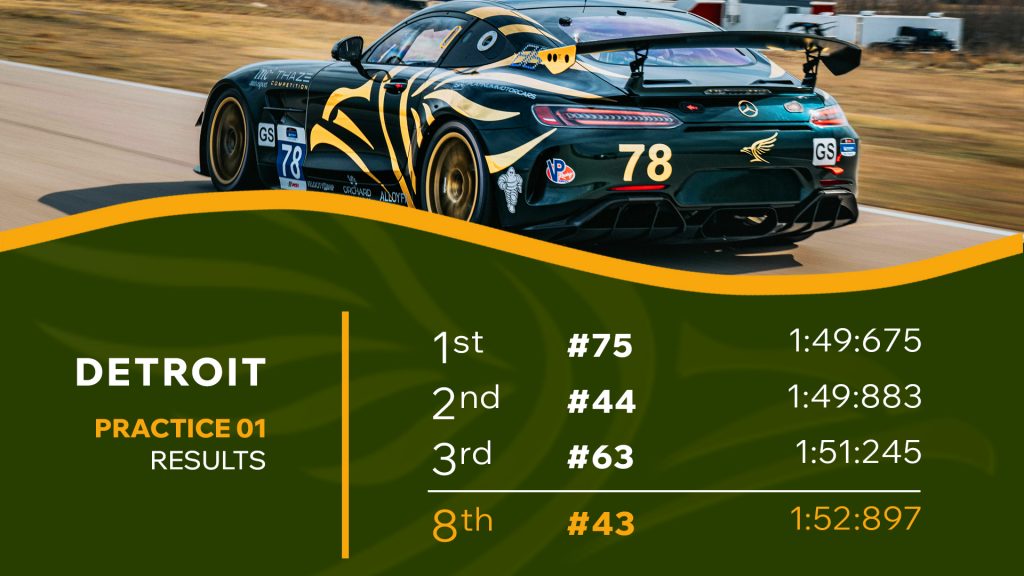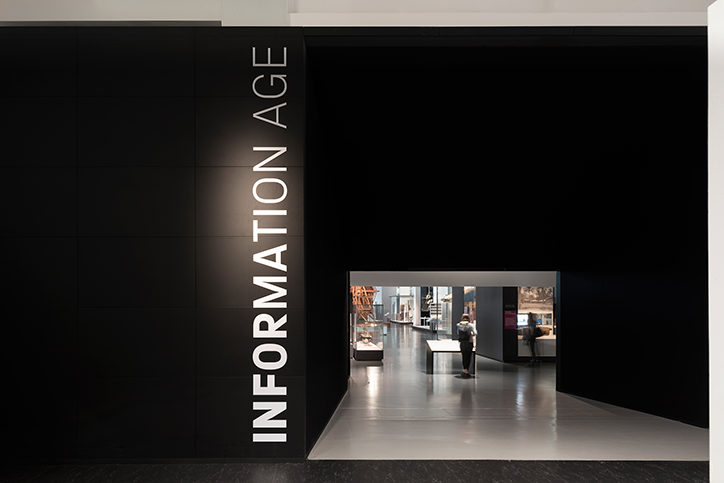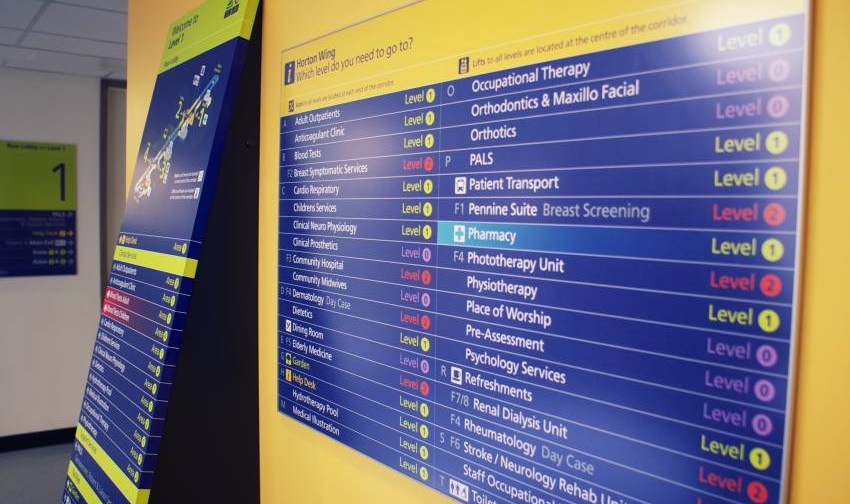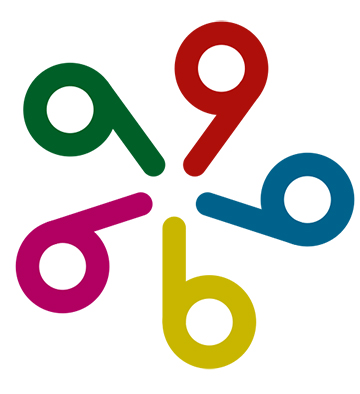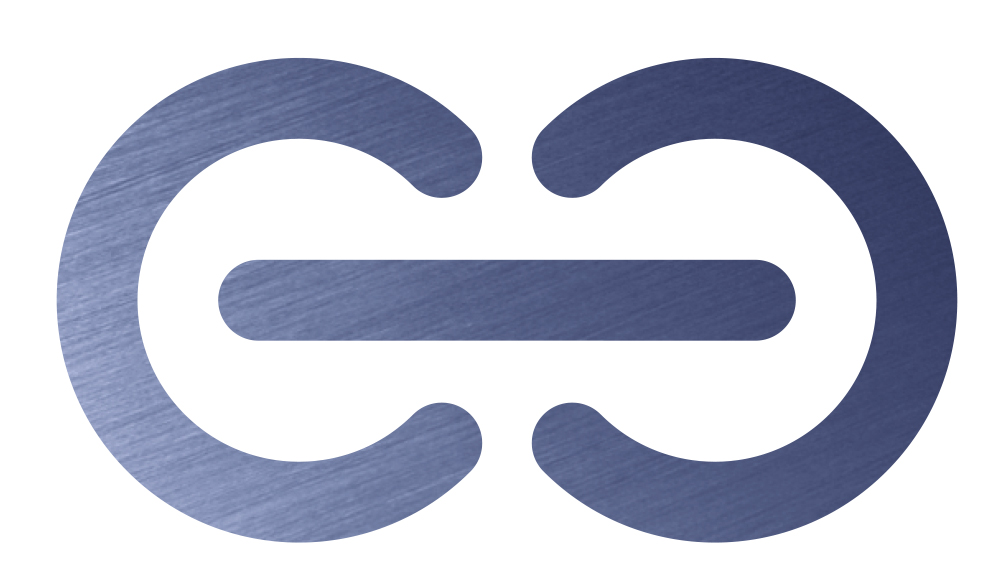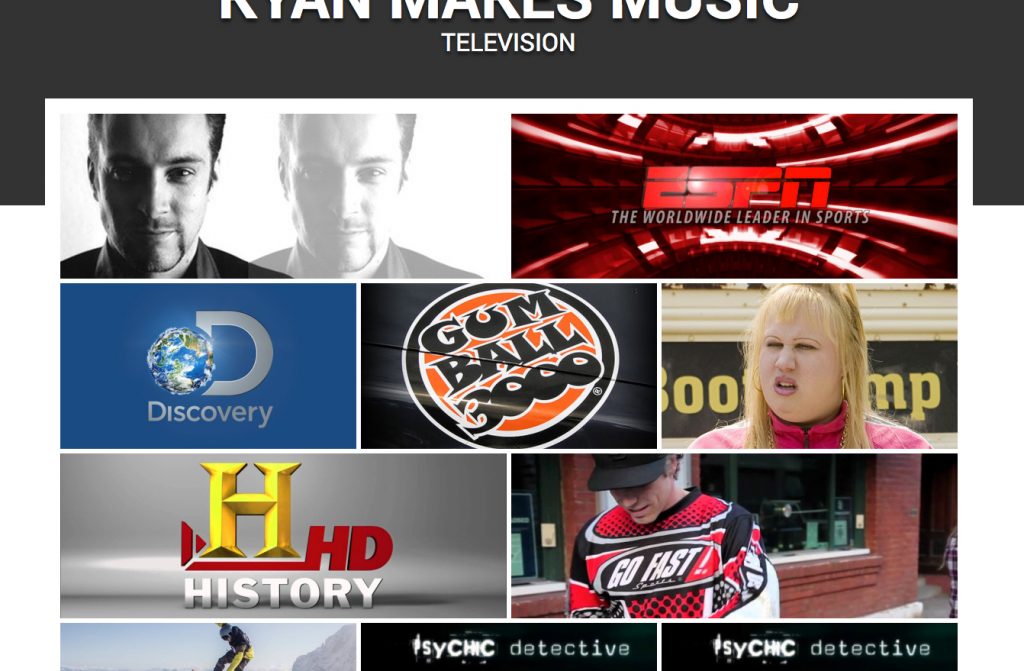In Table Tennis Umpires oversee individual matches and Referees oversee tournaments as a whole. Referees rarely get involved in matches except to arbitrate on points of law or to sanction players.
An umpire has yellow and red cards, which they can issue to players along with penalty points. However, they cannot dismiss that player, not without involving the referee. After three card-worthy infringements they must suspend the game and appeal to the Referee. The Referee can then make a decision as to whether the player can continue or not. This system works perfectly well as long as you have both umpires and a referee at the event.
So what if you don't?
This particular event involved 8 teams. Each match pitted one team against another in eight singles and one doubles match, played sequentially on a single table. The problem with lower-level tournaments like this is that its virtually impossible to get umpires to help out. Umpires are volunteers and normally just get expenses. The vast majority of people in the table tennis community are either playing or have better things to do on a weekend. Larger, more prestigious tournament will attract a decent array of volunteers, but not this one.
Umpiring also tends to be a thankless task. Overseeing a match where both players are honest and don't break the rules is tedious, whereas umpiring a game where players are cheating players can be stressful. Those are your choices: boredom or aggravation. Moreover, if you get everything right you are anonymous. If you ever do get noticed it's usually for all the wrong reasons.
Referees are different. You cannot have a tournament without a referee. Umpires, on the other hand, are optional, and without them players from each team take turns officiating matches. This is where it can get problematic.
Most players are not qualified umpires and often they don't understand the minutiae of the rules, particularly the rules governing the serve. It tends not to be a problem as most players are honest and deliberate infractions of the rules are rare. But there are those players who are determined to cheat and an even smaller minority who are downright abusive when confronted about it.
The majority of table tennis players - at all levels - are ultra-competitive but only within the rules. There are those who break the rules out of ignorance, like one competitor I encountered who was repeatedly hiding the ball from his opponent while serving. He had no idea that he was doing it or that it was illegal in the first place. Nevertheless, it was still an infringement and had to be penalised.
Most rule-breaking in table tennis takes place during the serve, mainly because the service rules are so complicated. There are stipulations about how the ball is held; where the ball is held; how it is thrown up; how high it must go; whether or not your opponent can see the contact of your racquet and the ball; Where the contact is made (it must not be directly over the table), etc..
Most players who infringe these rules are not doing so deliberately. They never get called on when they play at their clubs, or at lower level tournaments. Even as they progress to higher levels they may come across umpires who are overly lenient.
The problems come when they come up against an umpire who is willing to call fault on their serves. I have seen players games fall apart completely because they have never learned to serve legally and cannot do so when required.
My advice to younger players is to correct any illegality in their service action sooner rather than later. You don't want to have to change your serve half through the most important match of your life.
Cheating or rule-breaking is only half of the issue. The other half is personal abuse. Aggressive behaviour comes from a couple of different places. It's often the result of that player trying to cope with the stress of the match.
People outside of the sport tend to think of table tennis as a recreational thing. All sorts of people playing in youth clubs or coffee shops or public parks. Most people would be amazed at the sheer intensity of any league match.
Most players – even at this level – are ultra-competitive and that, along with the quality and proximity of their opponents, can lead to real pressure cooker situations. That kind of aggression is the easiest to deal with because you can simply let the player blow themselves out. They can rant for a moment, but once the see that you are not going to be moved by such displays, they usually calm down and get on with it.
The second reason they can get abusive is the simple fact that you appear to be accusing them of cheating. They may be breaking the rules out of ignorance rather than design, but it still sounds - to them - like an accusation that they are being dishonest.
Most people tend to think of themselves as good people so being accused of cheating (even when they have been) is hard to stomach. This tends to get exaggerated by the sheer cognitive dissonance that must arise from simultaneously being a cheat and denying that you are one.
The final kind are the bullies. These are the players who really have only one question for the official. Are you weak? Are you the kind of ref or umpire who is easily intimidated. If they shout and rant or argue endlessly, it is only to see if it has any effect on your decision making, and if you let it have any effect then you are done. Their behaviour will only get worse because you are rewarding it.
I would be lying if I said that abuse has no effect on me. It does. My instinct when people get in my face is to push back. This would not be helpful either. Losing your cool as an official is the ultimate sin. You are there for one reason and one reason only, to see that the rules are in effect throughout a match. Players can give you plenty of reasons to react but no reason is ever good enough. You just don't lose your cool.
This would only put more pressure on you and ironically would give the trouble makers genuine reasons to question your competence.
Punishing a player for their obnoxious behaviour would be even worse than giving in to it. If you favour a player simply to avoid the grief that they bring then you are giving them an unfair advantage. On the other hand, if you punish them for their behaviour, you are giving in to your ego and inserting yourself into the narrative of the match. In the first case you are being a bad official, in the second you have stopped being an official at all.
Either way you are not doing your job.
A thought about inserting yourself into the narrative
I have seen this occasionally when watching football, particularly in the 90s (during the early days of the Premiership). Referees were becoming nationally recognised figures and some of them simply couldn't deal with it, letting their egos run away themselves.
The worst of these was David Elleray, a north London school teacher who saw fit to award himself the title of Britain's Senior referee.
Smug and pedantic, Elleray frequently saw no problem with inserting himself into a match's narrative. This level of egotism leads to terrible performances. The worst of these was the 1997 FA cup semifinal between Chesterfield and Middlesbrough, where a series of terrible decisions by the ref determined, wrongly, the course of the match. To this day Chesterfield were almost certainly denied a historic trip to Wembley thanks to Elleray's weird determination to be front and centre of the days events.
The best match officials are anonymous. The very best are the ones you have never heard of. The one who maintained that anonymity despite having to make the bigs calls amidst all the pressure that the biggest occasions can bring.
For me, the ultimate goal is total anonymity. When I am officiating a match, i would prefer it if people didn't know that I existed.
